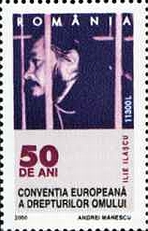This article has multiple issues. Please help improve it or discuss these issues on the talk page . (Learn how and when to remove these messages)
|
| History of Moldova |
|---|
 |
 |
|---|
| Constitution |
This timeline of events is a chronological list of incidents and other notable occurrences related to the War of Transnistria , including events leading up to the war.
